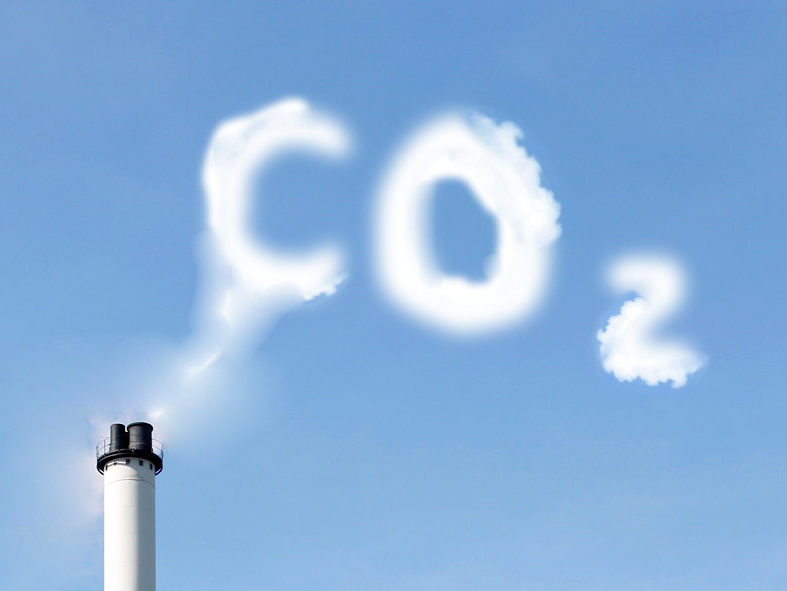PRESS RELEASE: The maritime industry is a vital and strategic sector for Europe. With 90% of international trade, 80% of the EU’s external trade and 40% of the EU’s internal trade carried by water, shipping is vital for trade. With 40% of world merchant shipping under their control, European shipowners are key players in global shipping. At the same time, shipping accounts for 3,1% of global CO2 emissions and would be the 6th biggest CO2 emitter in the world if it would be a country. If no measures would be taken, emissions from shipping would further grow in the coming years (up to 250% by 2050 according to some sources). Reducing GHG emissions from shipping is therefore crucial. To reduce the GHG emissions from shipping, the International Maritime Organisation (IMO) adopted an Initial Strategy in April 2018.
With more than 40,000 kilometers of navigable waterways and over 250 inland ports, inland waterway transport and ports connect hundreds of cities and industrial regions and is therefore a key sector for Europe. As shipping, also inland waterway transport has been called to improve its sustainability, notably by the CCNR and the Mannheim Ministerial Declaration.
In addition, the European Commission’s most recent strategy “A Clean Planet for All ” issued in November 2018, has identified “clean, safe and connected mobility” as one out of 7 priorities. Within this priority, waterborne transport is considered as an important mode of transport to realize this priority.
Aware of its environmental footprint and determined to deliver on its societal obligations, the Waterborne sector in Europe issued an ambitious “Strategic Research Agenda” in January 2019. In this agenda, the Waterborne sector aims at realizing a zero-emission waterborne transport for newbuilt ships and inland barges by 2030 and a zero-emission waterborne transport for any ship type on any ship voyage by 2050. This strategy is fully in line with the European Commission’s strategy for a prosperous, modern, competitive and climate neutral economy. Furthermore, this strategy goes beyond eliminating greenhouse gas emissions alone as the waterborne sector also aims at eliminating any other harmful environmental substances, including air pollutants, water pollution, waste and noise.
To realize its ambitious strategy for zero-emission waterborne transport, Europe’s waterborne sector will need to continue to make significant investments in research, development and innovation. But it will also need to rely on targeted research, development, innovation and deployment measures, both financially and from a regulatory and policy perspective.
Against the background of the European Commission’s “A Clean Planet for All” strategy and the ongoing trilogue discussions on Horizon Europe, SEA Europe’s Secretary General, Christophe Tytgat, said in a first reaction:
“I count on decision-makers in Member States to take the claims of their population and youngsters on combating climate change and on reducing GHG emissions, including from waterborne transport, very serious. That means that this time, they cannot look away from or forget about the waterborne sector. Contrary to the past, this time the Waterborne sector really needs to receive a fair and substantial share of the financial cake from financial programmes such as Horizon Europe. This financial support will be critical in allowing the waterborne sector to realize its ambitious vision for a zero-emission waterborne transport by 2050 and thus for contributing to making Europe a climate neutral economy and society by 2050”. Mr Tytgat added, “In doing so, Europe and its leaders will also help European shipyards and maritime equipment manufacturers in staying ahead of global competition, mainly from Asia, in terms of innovation and to allow European shipyards and maritime equipment manufacturers to continue to design and build the most innovative ship types in Europe and to produce the most innovative maritime equipment, technologies and systems in Europe. More than ever before, these innovative ship designs and ship types as well as innovative equipment, systems and technologies will be crucial in combating climate change, in reducing GHG emissions from ships and ultimately in making waterborne transport a zero-emission mode of transport. At the same time, innovation will allow European shipyards and maritime equipment manufacturers to maintain or regain global leadership in shipbuilding and maritime equipment, systems and technologies. For these reasons, Europe and its Member States need to take political action now, in support of the waterborne sector and the European maritime technology sector”.
































